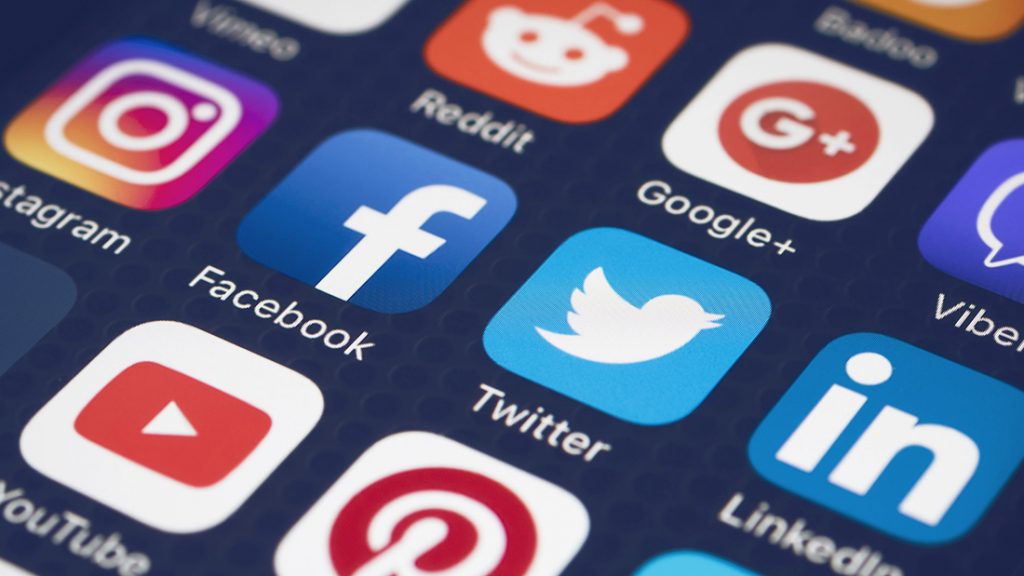After much pressure from its users(including myself 🙂 ), Facebook finally introduced the #hashtag in June 2013 and suddenly, this unassuming symbol became the ‘in-thing’ for connecting conversations on Twitter, Facebook, Tumblr, Instagram, Google+ and Pinterest. So what really are hashtags; how do you explain them to someone who’s never used it before and why are they is it even important in social media marketing?
In 2007, it was possible for anyone to search #Twitter for keywords, but whereas many tweets at the time contained the same keyword, not every tweet was about THAT keyword. Some users resorted to bringing some order to this hitherto chaotic system by adopting a system from Internet Relay Chat networks — the almighty hashtag. Finally, there was a way for users in the Twittersphere to label tweets with a particular theme, group or topic. In 2009, the platform updated its system to make hashtags clickable, returning a search for all tweets containing the term. What started as an informal labelling-system among users has found its way into the Webster Dictionary and become an integral part of the social network.
A hashtag can convey irony or sarcasm, suggest emotion or mood, pose an answer to an implied or rhetorical question, or even directly contradict the actual tweet. The effect can be humorous, provocative, informative, or mysterious. And others just use hashtag to add an extra layer of meaning or ‘code’ to their message. And yes, people do some or all of these simultaneously and that’s pretty mind-blowing. So what’s in it for marketers?
Hashtags present a fantastic opportunity for content marketers to identify social media conversations relevant to their business and get their content in front of the right people. If your marketing involves social media content, you need to be fluent in the language. Misinterpreting a message or using hashtags incorrectly can make your brand seem as out of place as that tight ultra-mini skirt you wore to your in-laws.
Just like domain names, hashtags suffer from the same problems that arise when any sequence of words is run together without spaces. Choosing the right hashtag is crucial if you don’t want to lose control of the message. So what are the cardinal rules to follow when hashtagging (is this variation of the word also in Webster? J )?
- a.Always run your hashtag ideas past fresh eyes to avoid social media mishaps.British Singer, Susan Boyles album launch party was a great idea, however, the lewd bum jokes that started under the hashtag #susanalbumparty was nothing to LOL about.
- b.Always check the hashtag first to see how much activity it receives, the sorts of content people share, and how well (or otherwise) such content is received. Not every conversation is welcoming to marketers.
- c.Do not spam hashtag followers with continuous offers or self-serving content too much. Remember that on social media audiences want to be engaged with rather than sold to.
- d.You can’t censor or control how others will use a hashtag even if you created it, so be sensitive to situations that could fuel a hashtag backlash.
Employed effectively, hashtags can be a great content marketing tool. But like any tool, we should not be misguided, superfluous and apply plenty of consideration when we decide to use them. Above all, the power of the hashtag should never be underestimated.

